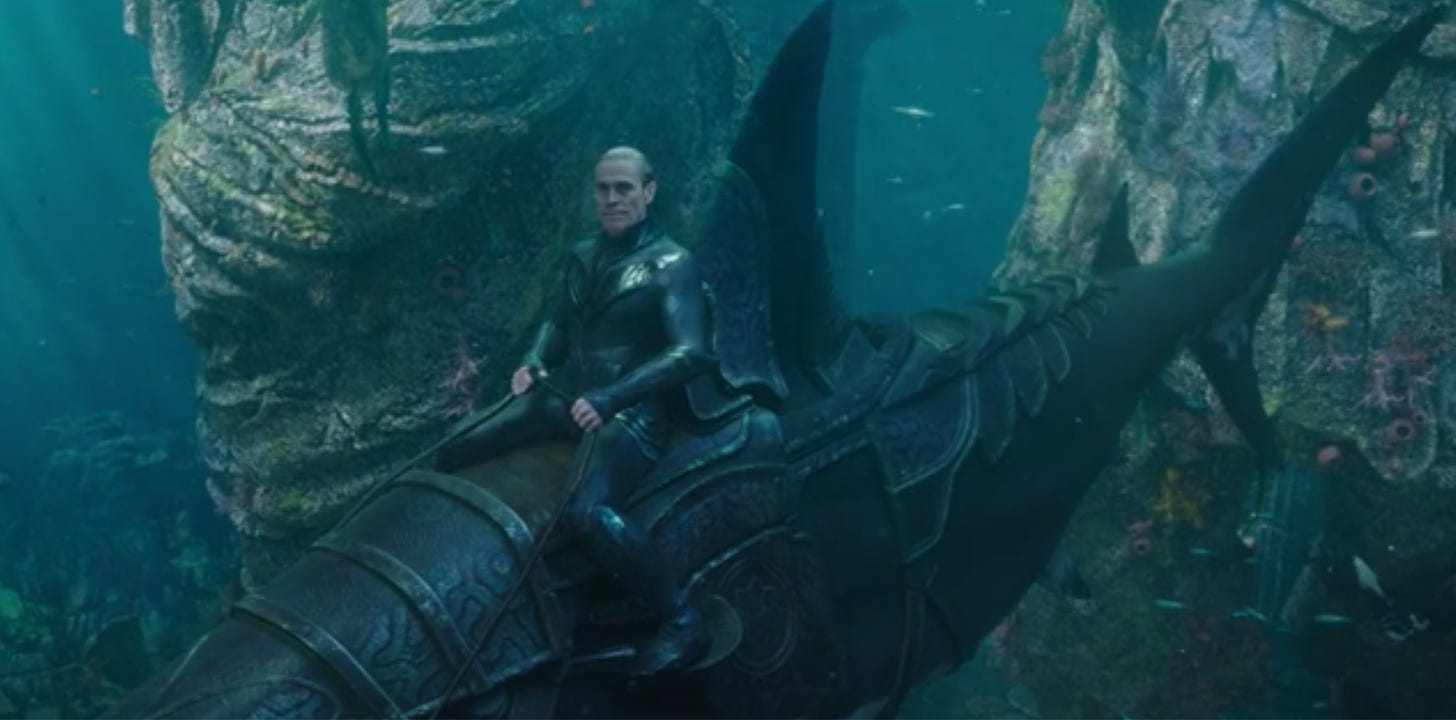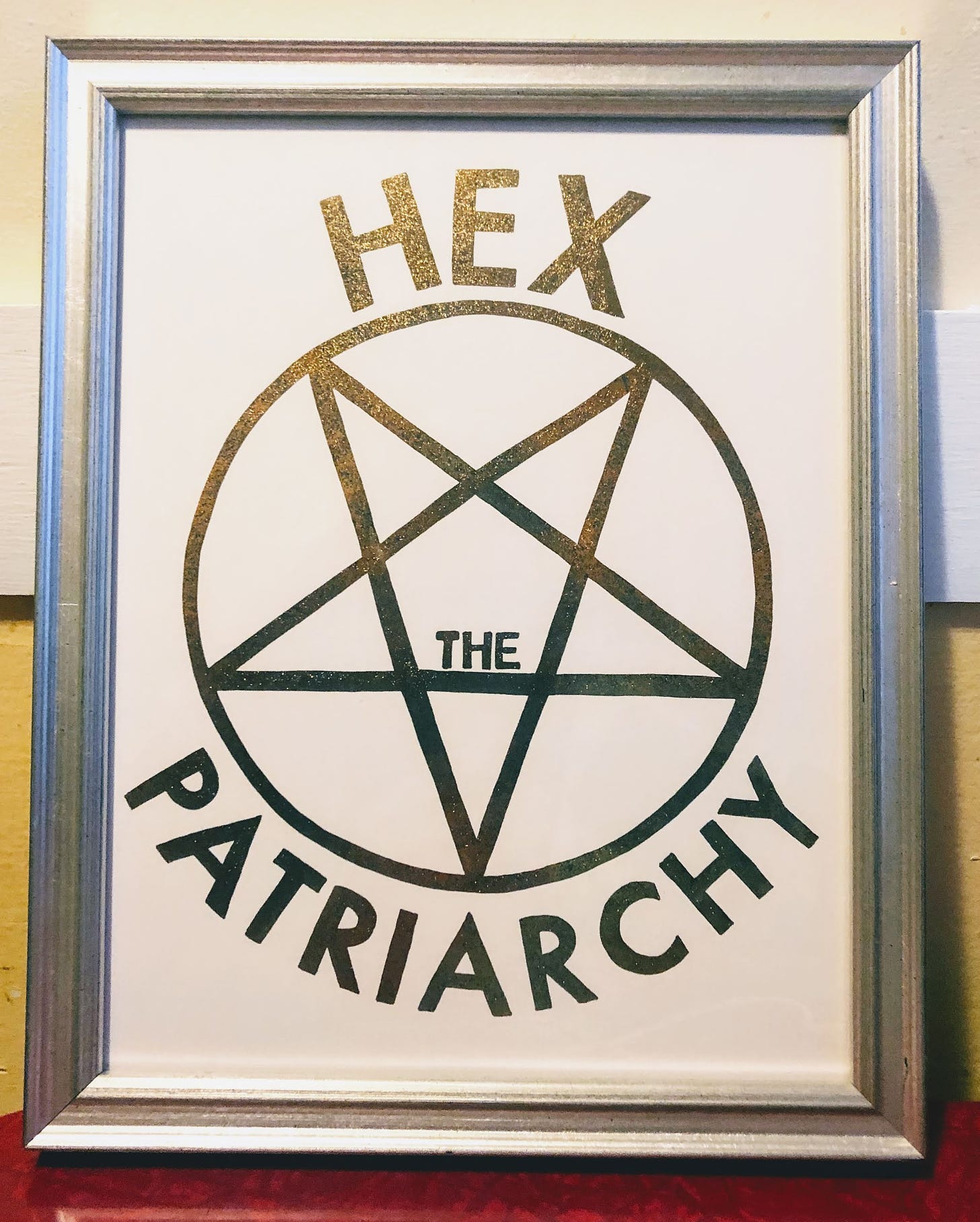
Cynara humilis, wild thistle, Flora Graeca, sive, Plantarum rariorum historia [1806-1840]
As the credits rolled on the 2006 documentary An Inconvenient Truth, audiences in theaters were instructed to take a series of actions that appeared one by one on screen, set to the soulful adult contemporary sounds of Melissa Etheridge singing the movie’s theme song, “I Need to Wake Up.” The first messages read:
Are you ready to change the way you live?
The climate crisis can be solved.
You can reduce your carbon emissions to zero.
Buy energy efficient appliances and lightbulbs.
Change your thermostat.
Weatherize your house.
Pulling it up on the internet now, I see that after a sizable list of lifestyle tweaks Al Gore was demanding of us they do get to things like voting, and writing to Congress. Eventually one of the tips says to pray. But I must not have stayed to read those at the time because I remember, although the movie was quite impactful in its own way at the time, I was so irritated that the call to action at the end started with changing your lightbulbs.
Around that time I believe I would have been working on my second (?) climate change related campaign around a renewable energy standard in Oregon so I would have been annoyed at the focus on lifestyle over policy. That focus unfortunately stuck around the surface level of the climate conversation for years, with a huge blind spot for the culpability of industry and Republican politicians, and very much lacking an environmental justice analysis that different communities contribute to and suffer from the problem at very different levels.
I get the sense that narrative has finally changed, maybe just in the past couple of years, as a much more common refrain you hear is that climate change is a systemic problem that can’t be solved by individual action. I think these days people are much more likely to lay blame at the feet of the George W. Bushes and Exxons of the world than themselves for keeping the thermostat too high, which is overall a very good thing and a sign of progress.
I wrote about this in a past issue (16: Fear of flygskam) about flying, in particular, and how even though it’s not your fault, what you do is still important, so it’s both individual and systemic change needed. But whenever you have these two binary views like personal vs systemic and neither is really correct, it’s how we reconcile the two where things get interesting.
This was the topic of a recent Climate One podcast episode, in which the host Greg Dalton posed to Tatiana Schlossberg author of Inconspicuous Consumption the difficult question of how to bridge personal and systemic change. She made this really compelling point my emphasis added:
This problem is too big to be solved by individual behavioral changes because it’s hard to get 7 billion people to do anything without some kind of government regulation, or international agreement, or corporate action. That being said, I think it’s important for me and for people who care about this issue to try to live in line with our values, because I want to be the kind of person who, if I learn more information about the harmful things that I’m doing, that I act on them.
She talks about how in doing so, we may also be better attuned to supporting systemic change. This is similar to a longstanding strategic argument you hear from snobby policy wonks about personal environmental actions—that yeah it doesn’t really matter but maybe it helps engage people in things that do matter so can’t hurt as an entry point.
I think individual change is more necessary than this gateway argument suggests (and to be clear, Schlossberg was not discounting the importance of personal change). For one, Dalton points out that individual action can get us maybe 30%-40% of the way to safety (no time to find the source of this stat right now sorry), and you know that is not nothing. But Schlossberg is also pointing out something even more profound when she uses the phrase, “I want to be the kind of person who…”
That strikes me as a potentially powerful way to look at how personal action might make its own albeit insufficient contribution, while also forming the bridge to systemic action. We might think of how personal lifestyle changes are not a tool of absolution, or symptom of guilt, but a way of walking a path toward the radical change demanded of society.
It made me think of a concept in left and anarchist politics and social movements in general that is not exactly the same, but is at least similar, called prefigurative politics. This has come to refer to something kind of specific, which is when movements for change (like Occupy) govern themselves with a highly participatory form of democracy. So it’s sometimes framed in opposition to hierarchy and structure, and that can actually be problematic when it leaves openings for loud white guys to seize control, as Zeynep Tufekci writes in her book Twitter and Tear Gas.
But at its core, prefigurative politics describes when a group seeking societal change strives to reflect that change within its own practice. So the culture the group creates, how they make decisions, the experiences people have, it should all prefigure the world we are striving for. (I am sorry to any experts out there if I’m butchering this interpretation, and if so, please do clarify or correct.)
I like how Chris Crass describes prefigurative politics in his book Towards Collective Liberation, “as a way to begin building the new world in the shell of the old.”
Or how Rebecca Solnit describes it in Hope in the Dark, as “the idea that if you embody what you aspire to, you have already succeeded.”
That is to say, if your activism is already democratic, peaceful, creative, then in one small corner of the world these things have triumphed. Activism, in this model, is not only a toolbox to change things but a home in which to take up residence and live according to your beliefs, even if it’s a temporary and local place, this paradise of participating, this vale where souls get made.
That last part references a Keats quote, as Solnit cites earlier, “That’s why John Keats called the world with all its suffering ‘this vale of soul-making,’ why crisis often brings out the best in us.”
There are many advantages to this approach, as it allows a venue to test out and improve ideology in real life, and it empowers people “to see themselves as agents of change who can influence the world around them” (Crass). Tufekci points out that it can also be a source of joy and motivation, noting how protest camps often become these “communities of belonging” where people reaffirm the importance of caring for one another.
That interview with Schlossberg got me thinking, in what way might personal lifestyle changes act, not as a meaningless form of “doing my part,” or merely as a means to some other work, but as a kind of prefiguration of the world we want to live in. Another way of thinking of this is, individual action could be a way of being the kind of person who lives in the world we want, even if it doesn’t exist yet.
I don’t think it’s a given that lifestyle improvements are necessarily a step toward radical change, far from it. And I also don’t know how to make it that good thing instead of the bad thing, this is kind of a half formed thingy. But I suspect it requires some kind of social element to get it there. It has to progress from not just being a certain kind of person, but to being a kind of people, something new we are building together. Maybe individual action is where it starts, community is where it goes, and then we reach systemic change. And until we get there, we’re ready for it. We’ve been practicing.
Links
The state legislature introduced some transportation proposals, including raising gas tax and fees on Uber and Lyft. It seems like a so so bill.
Lyft and Uber trips result in an estimated 69% more climate pollution on average than the trips they displace.
“Philanthropy must declare a climate emergency”
A 16 ounce coffee at Starbucks has the caffeine of four Red Bulls.
A look at some of California’s fancy ADUs (backyard granny flats).
The intense residential architecture of Nova Scotia.
I’m behind on links but this article about the rich, pill-popping bros who lorded over Conde Nast magazines is so wild. Do not buy their memoirs.
The quite literally headlined, My Ex-Boyfriend’s New Girlfriend is Lady Gaga
Watching
I’m trying to watch more movies this year and this week we watched Aquaman which you know what even though I’m not sure why you would wear a cape and grow out your hair if you lived underwater, I’m there for Aquaman. It’s weird and fun and neon and oddly Australian. And also look who rolls up riding a giant fish it’s Willem GD Dafoe, old Bobby Peru aka the lighthouse keeper himself I can’t get away from this guy.

Listening
Lankum, The Young People
Kind of a short one this week, getting down to that end of the month crunch for us ‘lancers so a busy time they can’t all be winners you know. I was trying to think of my witty personal update for this part of the newsletter, and all the interesting things that happened were to Jamie, #mywife, like she got really sick which mostly meant laying in bed watching Queer Eye and periodically muttering to herself “cute.” And she also got a new Tori Amos tattoo, but what is this thing the Jamie Cerretti Post-Dispatch or something. One more thing is that she got this amazing print from this store in Salem called Hauswitch:

We got it framed through this startup delivery service and the note when it came back said:
This is such an interesting piece and one that looks amazing in our Newport frame. Great choice! We hope you love it as much as we have loved framing it for you.
All our best,
Becky & the Framebridge Team
I guess it is a pretty interesting piece so anyway we’ve become pretty close friends with Becky she’s the best. I realized after I sent last week’s that it was the 25th issue of Crisis Palace, which means I’ve been doing this thing now for like six months which is really hard to believe. Thank you sincerely for being part of it with me I am truly enjoying it. Here’s to 25 more crisis-filled palaces.
Tate




